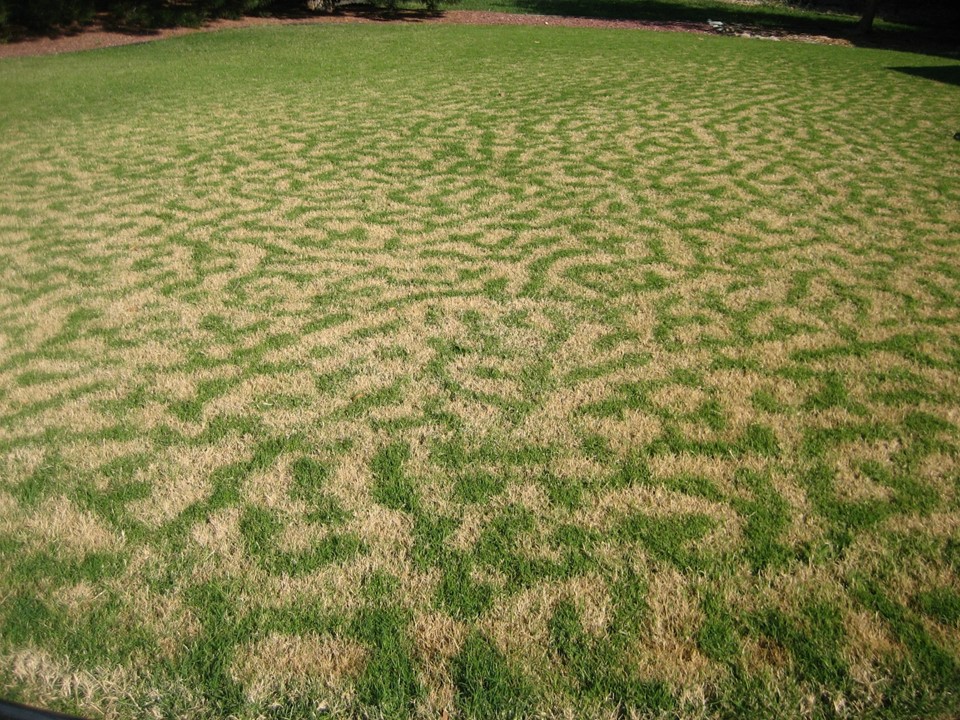By Dr. Jack Fry
What a stretch of low temperatures we experienced in the state of Kansas from Februrary 6 to 19th! The lowest temperatures occurred on February 16th: Olathe, -18 F; Manhattan, -21 F; Wichita, -18 F. This makes those who are growing warm-season grasses concerned about how they’ll green up this spring. Snow cover is an important factor; more cover provides greater insulation from the extreme cold. Soil is a good insulator, too, which is one reason it’s a good idea to keep thatch to a minimum. When thatch accumulates, the growing points become elevated and are exposed to lower temperatures.
In our region, bermudagrass is the greatest concern, but freezing injury is also common on zoysiagrass. Areas that are most susceptible to freezing injury are those that experience shade during the growing season or are exposed to foot or cart traffic.
To look ahead and see if you might have winter injury, remove several plugs from each area that concerns you. Don’t just rely on a single plug – it doesn’t tell the story. Put them in pots and bring them in a greenhouse (if you have one) or on a windowsill within a warm room. Likewise, if you have grow lights you can put them under that will work, too. Warmer temperatures will encourage faster growth and evaluation. Give them 2 to 3 weeks under these conditions and look at how much green up you observe. Good green up makes us feel good about the approaching spring; lack of green up may require making plans for replanting.
Here are a couple of publications with related information:



